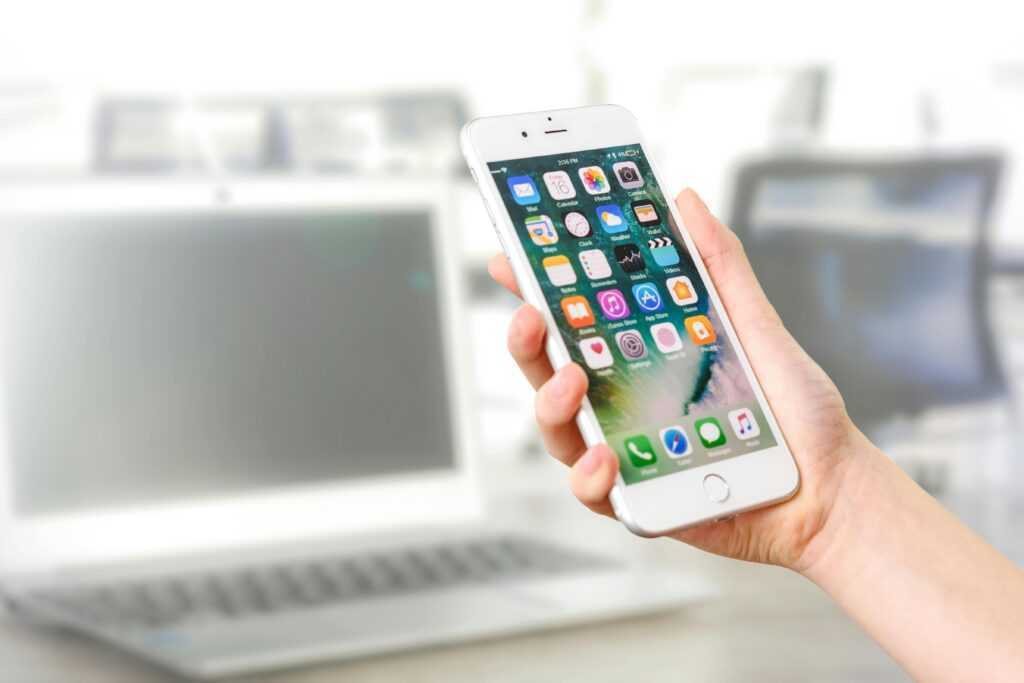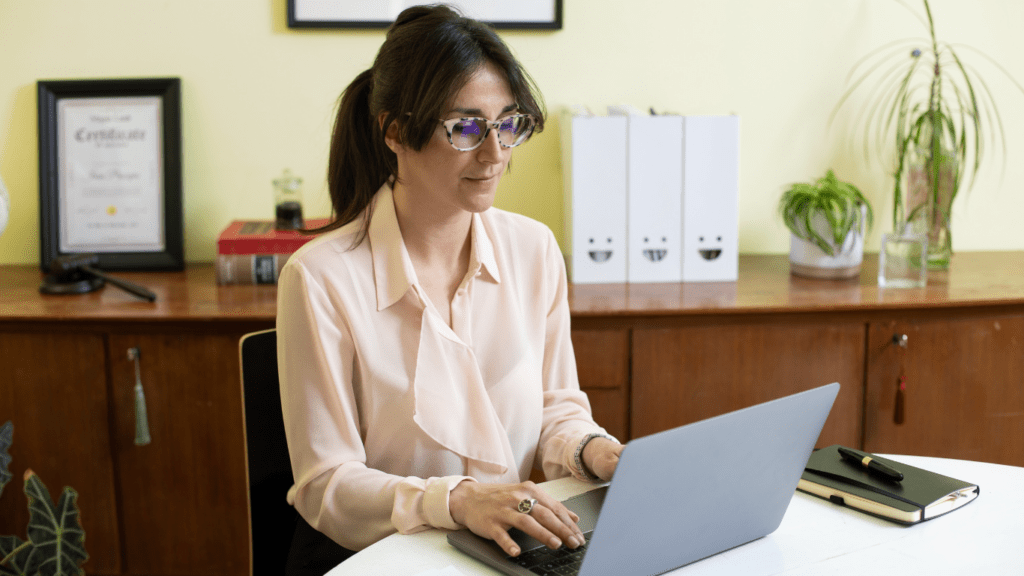Imagine spotting a recent iPhone model at half the original price. The deal sounds too good to ignore, especially when the device looks flawless and promises the same features you’d get from a brand-new one. Many people are drawn to secondhand devices for this reason: the affordability of a premium Apple experience.
But here’s the question: is the risk worth it? Fake products, hidden defects, carrier restrictions, or expired warranties can quickly turn a bargain into a loss. As the resale market for smartphones grows worldwide, scams and unreliable listings have increased too. To protect yourself, you need a few simple strategies that reduce risk and add peace of mind. These five steps will help you buy with confidence, not guesswork.
1) Meet the Seller in a Safe, Public Location
Where you meet matters as much as what you buy. A secure, open place adds a layer of protection and shows the seller is serious. Private spaces, like parking lots or someone’s apartment, should be avoided. Public areas give you more comfort and time to check the device carefully.
Good options include:
- Coffee shops with good lighting
- Carrier retail stores with WiFi
- Busy shopping centers with cameras
- Libraries or community hubs
Choosing these spots helps you test the unit without feeling rushed or unsafe. If possible, take a friend along for support. By prioritizing location, you eliminate one of the most common risks in in-person sales and put yourself in control of the exchange.
2) Verify the Device’s Authenticity and History
Ensuring the device is genuine is one of the most important parts of buying secondhand. Serial numbers and IMEI numbers are unique identifiers that provide key details about the device. These codes, which can be found in the settings or printed on the unit, reveal important information when checked through official channels.
This is where tools for Apple warranty lookup are incredibly useful. They give buyers instant access to details that confirm whether a device is legitimate. Among the available solutions, Setapp offers a reliable option that simplifies this process for users. To make this clearer:
- Warranty coverage status
- Original purchase date and model information
- Confirmation of authenticity
Having these details in hand protects you from scams or misleading claims. Combined with an activation lock check, it ensures the device is ready for safe use.
3) Test Every Feature Before Paying Money
Looking at the screen isn’t enough to determine whether a device is in good working condition. Many hidden issues only become apparent through proper testing, which should always be conducted before finalizing the purchase. Start by checking the most important functions:
- Camera: Test both front and rear cameras, including focus and flash.
- Touch screen: Swipe across the entire screen to confirm responsiveness.
- Face ID or Touch ID: Verify biometric unlock is fully working.
- Speakers and microphone: Play audio, record a memo, and make a quick call.
- Charging port and battery health: Plug in a charger and view the battery health
Thorough checks prevent unwanted surprises later. Skipping these steps could result in costly repairs you didn’t anticipate.
4) Check If the Device Is Locked or Blacklisted
Even a device that looks flawless can still come with hidden restrictions. A carrier lock ties it to a single network, limiting your flexibility to choose providers. Blacklisted units can also show up in resale markets if they were reported stolen, linked to unpaid bills, or flagged under insurance claims. Purchasing one of these can leave you with equipment that won’t connect or activate properly.
Key checks to perform:
- Confirm the IMEI number directly with the carrier
- Ask the seller to remove the activation lock in front of you
- Request the original purchase receipt whenever possible
Completing these steps gives reassurance that the device is legitimate and free of restrictions. It also protects you from unknowingly investing in a product that could cost money without delivering any value.
5) Use Secure Payments and Keep Records
How you pay matters as much as what you buy. Cash-only deals may feel convenient, but they offer no protection if something goes wrong. Safer options provide recourse and ensure a record of the exchange. Consider these approaches:
- PayPal Goods & Services: Provides buyer protection if the device isn’t as described.
- Marketplace platforms with guarantees: Offer built-in protections against scams.
- Written bill of sale: Lists seller details, price, and device IMEI number.
Document the entire process with photos, screenshots, or receipts. This simple habit protects you if disputes arise later. Choosing secure payment methods and keeping proper records is one of the easiest ways to safeguard both your money and your purchase.
Conclusion
Buying a used iPhone can save money and provide access to premium technology, but only if you take the necessary precautions. Meeting sellers in safe places, verifying authenticity, testing features, checking for restrictions, and using secure payment methods create a strong safety net. Each step builds protection against scams and hidden issues, making sure your purchase is worthwhile. By investing a little extra effort before handing over money, you’ll avoid costly mistakes and enjoy a device that truly delivers on value.

 Chief Operations Officer (COO)
As Chief Operations Officer, Ava Brodribb ensures that all aspects of the company's operations run smoothly and efficiently. With a keen eye for detail and a commitment to operational excellence, Ava oversees daily business activities, manages resources, and leads cross-functional teams to achieve the company’s goals. Her background in project management and operational strategy has been instrumental in driving the company’s success and maintaining its competitive edge in the marketplace.
Chief Operations Officer (COO)
As Chief Operations Officer, Ava Brodribb ensures that all aspects of the company's operations run smoothly and efficiently. With a keen eye for detail and a commitment to operational excellence, Ava oversees daily business activities, manages resources, and leads cross-functional teams to achieve the company’s goals. Her background in project management and operational strategy has been instrumental in driving the company’s success and maintaining its competitive edge in the marketplace.
